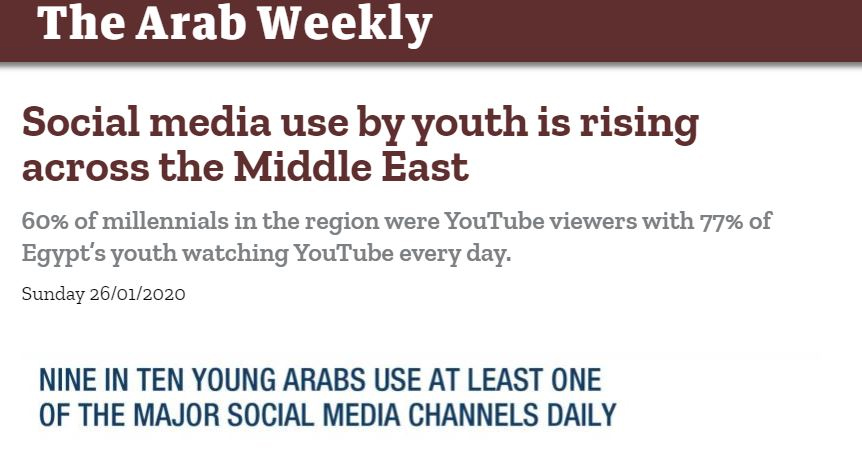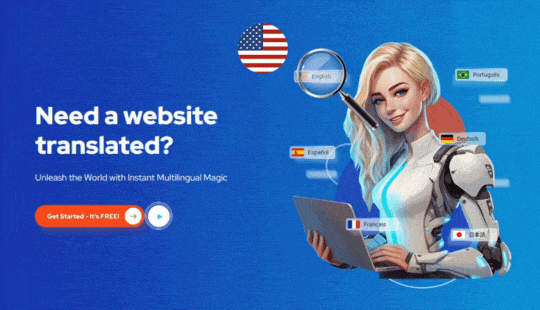
According to Wikipedia, the Middle East is a “transcontinental” region. This indicates that the area referred to as Middle East consist of countries from different continents. You will agree that because of its vast coverage, there are different cultures, languages, norms, values, and traditions. These factors allude to the fact that Middle East is one of the booming and accelerating markets in the world.
The Middle East is a business inviting region for brands that are affluent. Luxury brands can enjoy this beautiful opportunity. A recent survey by Goldstein Research indicated that there is an increased sales and purchases of luxury products in this region by around 70% consumers. This statistics shows that luxury spending in the Middle East is far more than that of big markets (i.e. 53% consumer spending) in places like Japan, United States and Europe.
There is a great deal of business potentials in the Middle East especially for those who can tap in to such opportunity of exploring its marketing geography. One thing to be careful of is having a wrong and poor assumption of the Middle East business success rate. Underrating the potential success of a geographical location that serves as home for over 400 million people living in 17 separate countries is a wrong approach to being successful in such a luxury market.
That is why in this article, we will journey together to the Middle East to explore things and see how localization for this ready-for-harvesting luxury market can be done easily and effectively.
The Middle East
Different meaning has been ascribed to the term “Middle East”. Although, many had use or come in contact with the term, yet it is difficult for them to identify countries that falls into this region. One major reason there is complication in defining the term is politics. Let us take a brief look into the background of the Middle East.
The term “Middle East” came into being in the 19th century when the strategists of the military group of Britain tries to define the area between the far East and “the West” (Europe). That is why, unlike others regions which have a standard boundary as demarcation, Middle East lacks literal borders and therefore, tends to be adjusting with time.
Qatar, Bahrain, Kuwait, Egypt, Israel, Saudi Arabia, Iraq, Jordan, Syria and Lebanon were all at first the only countries recognised as the Middle East. However, with time, United Arab Emirates, Cyprus, Yemen, Turkey, Oman, Palestine and Iran were embedded into the existing description of the term. Many people believed that the region has a uniform characteristic; a form of stereotype that is not true because the area has countries with diversified features and cultures.
To point this out, the region has plenty ethnic groups where majority are Azeris, Kurds, Turks, Arabs and Persians while some of the smaller groups are Tats, Copt, Baloch, Zazas etc. An outstanding feature of the Middle East is the vast majority of its youth. Serviceplan in its research mentioned that there are some 50% young ones under the age of 25 living in that region. Also, Deloitte noted that people born between 1981 and 1996 (i.e. millennials) have more riches than the middle aged ones and their tendency to buy is higher than any other age range. You will agree that the young and rich population is an important factor to do business in that region.
Insight on the Middle East Luxury Market
Consumers in this region are found of patronising products that are luxury. Interestingly, Goldstein Research noted that Middle East ranked number ten in the world when it comes to spending on luxury products. One factor that backed this up is the fact that the region, from history, is known for its trade and that they determine a person’s success and status quo by how much material assets he owns. This mentality is still much in circulation today. For example, it is believed by around 52% of the Saudi Arabians that the best way to measure success and accomplishments is through money and materials possessed. No wonder there is increase interest in purchasing luxury goods and products in the region.
It is common to see accessories and designer wears as the concentrated products in their luxury market and this look quite promising. Other products that are also widely on sale are beauty products. Appropriately, Eyes of Riyadh in December 2018 claimed that the Middle East ranked 1st among others in the world when it comes to spending on fashion and beauty products.

Factors to be considered before venturing into the Middle East Market
- Cultural Ties: if you are planning to localize your products and services in this region, there are certain common cultural practices you should be well aware of. One of these is family ties, a cultural bound that is seen as value in the region. People in the region appreciate close, meaningful, loyal and respectful family relationship. That is why many owners of businesses subscribe to the use of family related theme in their advertisement to indicate their interest in family ties.
Another one is being hospitable. Residents of this region hold hospitality towards one another as well as towards guests in high regard. This act is traceable to the time when travellers are welcomed and accommodated in the region back in history.
The other cultural practice that is prominent among the people in the Middle East is oral talks. Customers in this region tends to patronize someone who advertises orally (with spoken words) than through outdoor advertisement such as use of billboard.
These cultural practices have made it possible for dwellers of the region to trust each other and have close relationship with one another although western culture is trying to creep in.
Something that is fascinating about this region is that they are currently witnessing increase in the numbers of users of technologies and internet. This has made it easy for them to connect with the outside world. This is a factor of western world culture.

The speed and ease of use of internet has led to the use of e-commerce in the region. Also, social media has help to influence the culture. Ordinarily, people of that region are somehow reserved but with the use of social media, they have become more expressive.
- Religious Beliefs: although the people of Israel practices Jewish religion yet majority of the people in that Middle East profess Islam. That is not to say other religious group are not present but they are minutely represented. The part of the Middle East dominated with Islam see their religion as a way of life. That is, they see it as identity and legacy. Hence, it is going to have a level of influence on the market in the area. If you minimize the effect of religion in this region, your localization might be affected. If you are not sensitive to their religious beliefs you may find brand becoming offensive to them. When you pay careful attention to their religious activities, you will make a success of your brand. Take for example during Ramadan, Muslims’ fasting month, many brands use that opportunity to connect with Muslim audience. A typical example of such brand is McDonalds. Also, during this period, Muslims use the opportunity to connect with others on social media thereby increasing their active use of the social media.

One have to be updated and conversant with the changes in what is religiously accepted. For example, there was a time celebration of Valentine was not accepted in Saudi Arabia. However, this ban was lifted after some times.
- Use of Language: the languages that has majority of people speaking them are about five. Commonly, we have people speaking Arabic, Berber, Persian, Kurdish and Turkish. Although it is possible to that same language is spoken in different countries within that region, yet there exist variations of such languages. Also, apart from the top spoken languages, there are languages peculiar to certain locations. For example, Tunisia primarily uses none of the five listed languages but French as their means of communication. Hence, when localizing in this region, factors as these should be taken into considerations.

And again, some languages are written from right to left. Such languages are Hebrew, Persian and Arabic. Therefore, an effective translation solution, such as ConveyThis, that supports languages that are written from right to left should be used in localizing your website in such region. Brands around the world, including those in the Middle East region, are now using services of ConveyThis because of its ease of use and many interesting features.
- Legal Orientation/Law:

The law in the Middle East should be taken into consideration when thinking about business in the area. Certain countries, not all, in the region hold on to Sharia law. However, when localizing your products in areas such as Saudi Arabia, Egypt, Iraq, Pakistan, Iran, and The United Arab Emirates that use Sharia law, one need to be very careful of what will be sold or advertised. The law, for example, frowns at murder, homosexuality, rape, adultery, treason, cross-dressing etc. The topic
Of sharia law is not to scare anyone but to alert business to where care should be taken when localizing their businesses. If their path is carefully studied and followed, your brand can enjoy the market in the area.
Conclusion
From all that has been discussed above, it is of no doubt that the Middle East is a fertile soil for businesses. Yet, all factors and elements mentioned in this articles are worthy of careful consideration when trying to localize in the region.
Note that the Middle East is dynamic and certain things about the region tends to change with time. That is why you should pay attention to what is going on around there and be conversant with what is changing at what time.
Ensure your products talks to your consumers and potential customers in the language and culture of their hearts. Although localizing your products and services may look daunting, localization solutions like ConveyThis is a reliable one that can handle all of these for you with ease. ConveyThis supports variety of languages including the ones used in the region. You can have a bite of these promising features by trying ConveyThis free offers.

